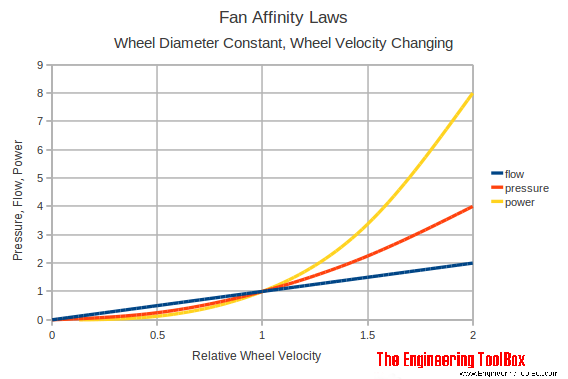So, I have a 60 gal, 3hp, 11cfm compressor, that serves all my current needs. That said, I may sometime require higher cfm. Can I increase the cfm simply by replacing the motor pulley with a larger pulley or would it require a motor change as well? Oh...I would imagine it would also require a change or adjustment of the cutoff regulator?




 Reply With Quote
Reply With Quote





